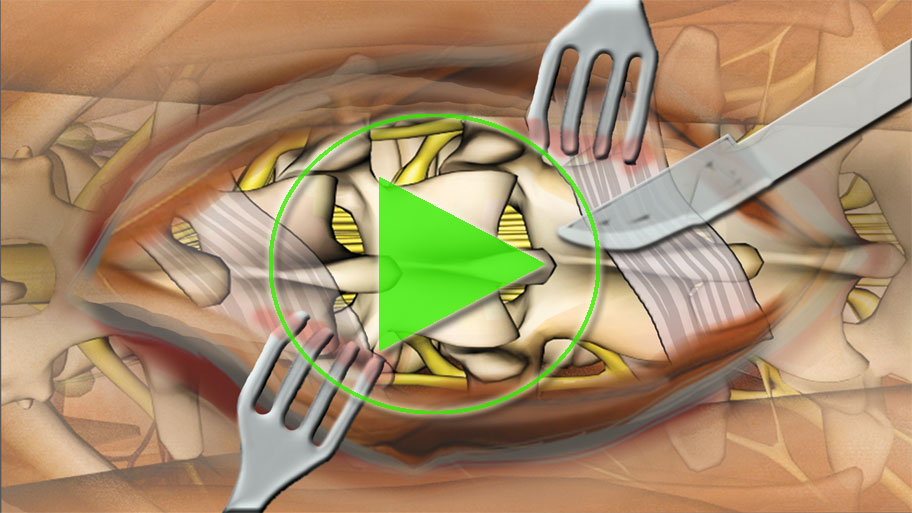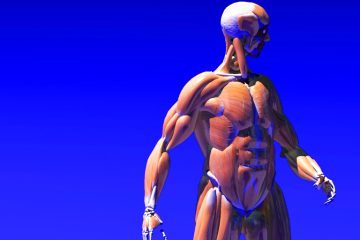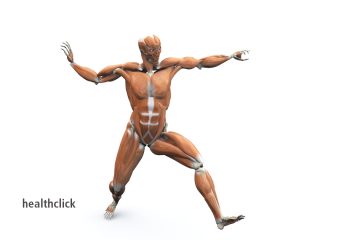Post surgical spine physical therapy often focus on traditional rehab protocols for post-surgical spine patients and miss out on updated approaches for maximum outcomes. This video from our latest online continuing education course by Carol McFarland focuses the physical and occupational therapist on creating programs that enhance active recovery. Techniques and plans that enhance healing and function in a progressive safe manner.
Active Recovery Model
Physical and occupational therapists have had some false beliefs regarding rehab and recovery related to post surgical spine physical therapy. One theory was that if somebody ruptured a disc, they had to remove it and often replace it to get the intervertebral height back. We know now that many other interventions are available to help people get mobility and intervertebral height back, so the nerve foramen works appropriately.
Another area is muscle balance, how important that is. So many people have muscle imbalances with tightness and restrictions with the flexors and the quadratus lumborum. These are critical muscles because they can close down the foramen, giving people neurologic symptoms.
We also believe, in many cases, that if an older person starts to have a thoracic problem like an increase in thoracic kyphosis, nothing can be done for them, and that has been disproven several times over. You can balance the postural muscles, so the posterior muscles come in and counteract the pull forward that many people experience
People feel that they can’t make changes in their strength after a certain age, and that was also something that we would believe as well, and now we know that it can be done just about at any age. You have to find the method to do it that works with that patient’s capabilities, and that’s a great challenge.
A primary motivation for doing this program, which combines physical therapy continuing education and occupational therapy continuing education together, was to have each profession think about working on active recovery with patients rather than on medicinal or pharmacological solutions for structural or mechanical problems. One of the primary purposes of this program is to give physical therapists and occupational therapists resources for different ways to approach these patients to get a maximum outcome for spine pathologies and the many neurologic and muscular-skeletal problems that can accompany them.
Post Surgical Spine Physical Therapy Course Series

Access the entire Post Surgical Series with our
All New, All Access, Annual Subscription for $189
Advanced Post Surgical Rehabilitation of the Lumbar and Cervical Spine
Post Surgical Evaluation and Treatment of the Cervical and Lumbar
Post Surgical Treatment of the Cervical and Lumbar Spine
Over 25 hours of continuing education on the post surgical spine, in addition to access to all of our online video courses.
References
Gilmore S, McClelland JA, Davidson M. Does walking after lumbar spinal surgery predict recovery of function at six months? Protocol for a prospective cohort study. BMC Musculoskelet Disord. 2016 Nov 14;17(1):472. doi: 10.1186/s12891-016-1296-0. PMID: 27842523; PMCID: PMC5109719.
Madera, M., Brady, J., Deily, S., McGinty, T., Moroz, L., Singh, D., Tipton, G., & Truumees, E. (2017). The role of physical therapy and rehabilitation after lumbar fusion surgery for degenerative disease: a systematic review, Journal of Neurosurgery: Spine SPI, 26(6), 694-704. Retrieved Mar 2, 2022, from https://thejns.org/spine/view/journals/j-neurosurg-spine/26/6/article-p694.xml

